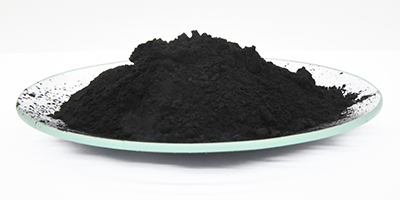This article will discuss mercury definition, sources, and how activated carbon removes mercury.

What is Mercury?
Mercury is a naturally occurring element found in various forms, including elemental mercury, inorganic mercury compounds, and organic mercury compounds like methylmercury. It is a potent neurotoxin that can bioaccumulate in the food chain, posing serious health risks to humans and wildlife alike.Where Does Mercury Come From?
Mercury enters the environment through both natural processes and human activities. Natural sources include volcanic eruptions, weathering of rocks, and degassing from the Earth's crust. However, the majority of mercury pollution is attributed to human activities such as coal combustion, mining, industrial processes, and waste incineration.How Does Activated Carbon Remove Mercury?
Activated carbon is a highly porous material with a large surface area, making it an excellent adsorbent for various pollutants, including mercury. The removal of mercury by activated carbon occurs through a process called adsorption, where mercury ions are attracted to the surface of the carbon particles and become physically or chemically bound to them.Powdered Activated Carbon
| Item | Powder activated carbon |
| Size | 100mesh, 200mesh |
| Iodine | 600-900mg/g |
| Moisture | ≤10% |
| Hardness | ≥95% |
| Bulk density | ≤450g/l |
Impregnated Activated Carbon

Impregnated activated carbon is predominantly used for removing mercury from flue gas emissions in coal-fired power plants and industrial boilers. This type of activated carbon is impregnated with chemicals such as sulfur or halogens, which enhance its mercury adsorption capabilities. When the flue gas containing mercury passes through a bed of impregnated activated carbon, the mercury is adsorbed onto the carbon surface, effectively reducing mercury emissions from the exhaust gases.
| Item | Impregnated sulfur activated carbon |
| Size | 3mm, 4mm |
| Sulfur impregnated content | ≥10% |
| CTC | 60-100% |
| Moisture | ≤5% |
| Hardness | ≥95% |
| Bulk density | ≥450g/l |
Conclusion
Activated carbon emerges as a versatile and efficient solution for mercury removal across diverse environmental contexts. Whether it's mitigating atmospheric emissions from industrial processes or safeguarding water quality in wastewater treatment, the unique properties of activated carbon make it an indispensable tool in the fight against mercury pollution.Zhulin Carbon has been in gas purification field for 20 years. For effective mercury control solutions, turn to Zhulin Carbon, your trusted partner in environmental stewardship.


